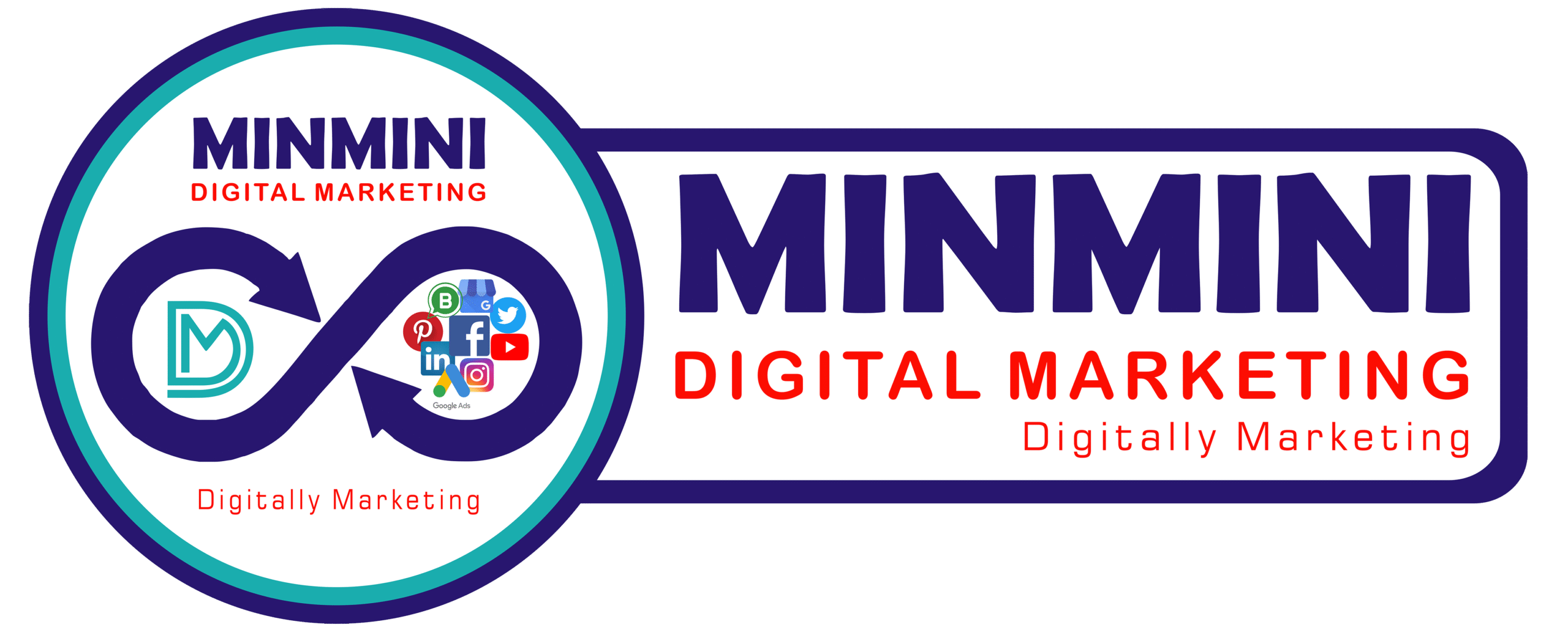From Clicks to Appointments: Mastering SEO for Healthcare Websites
Healthcare decisions often begin with a simple online search in today’s digital era. Patients type symptoms, conditions, or phrases like “best pediatrician near me” into a search engine, hoping for immediate and reliable results. But here’s the challenge: is your healthcare website the one they click on? And more importantly, is it compelling enough to turn those clicks into appointments? Let’s explore how mastering SEO for healthcare websites can bridge this crucial gap.
The Role of SEO in Healthcare Marketing
In healthcare, a website is more than just an online presence—it’s the digital front door to your practice. SEO, or Search Engine Optimization, ensures that this door is visible and welcoming to potential patients. But why is SEO so critical in healthcare?
- Patients Start Online: Research reveals that over 77% of patients conduct online research before booking an appointment. If your website isn’t optimized, you’re likely missing out on countless potential patients.
- Local Visibility Matters: Searches like “urgent care near me” emphasize the need for local SEO. People need accessible care, and search engines prioritize localized results.
- Trust and Credibility: A high-ranking website not only boosts visibility but also enhances trust. After all, people tend to trust Google’s top results.
When done right, SEO can elevate your website from a static online brochure to a dynamic patient-acquisition tool.
Essential SEO Strategies for Healthcare Websites
1. Optimize for Local Search
Patients usually look for healthcare services within a specific area. That’s where local SEO becomes indispensable. Here’s how to excel:
- Google Business Profile: Ensure your Google Business listing is complete and accurate with your address, contact information, operating hours, and services.
- Localized Keywords: Include city or neighborhood names in keywords, such as “Dallas family dentist” or “cardiologist in Brooklyn.”
- Patient Reviews: Encourage satisfied patients to leave reviews. Positive feedback doesn’t just build credibility; it improves local rankings.
2. Prioritize Mobile-Friendliness
Did you know that over 60% of healthcare searches happen on mobile devices? A slow or poorly designed mobile experience can deter potential patients.
- Use responsive design to ensure the website adapts to any screen size.
- Optimize loading speed, as delays of even a few seconds can increase bounce rates.
- Make the “Book Appointment” button easily accessible on every page.
3. Create Valuable, Patient-Centric Content
Content is king, even in healthcare SEO. Your website should answer patient queries and provide solutions in a way that’s both informative and reassuring.
- FAQs and Blogs: Create content around commonly searched terms like “symptoms of diabetes” or “how to treat a sprained ankle.”
- Multimedia: Incorporate videos or infographics to make complex topics more digestible.
- Engaging Headlines: Capture attention with titles like “When Should You See a Specialist for Back Pain?”
Remember, when patients find answers on your site, they’re more likely to trust you with their care.
4. Technical SEO: The Backbone of Performance
Behind every high-ranking website is strong technical SEO. Here’s what to focus on:
- Site Speed: Ensure your website loads quickly across all devices.
- Secure Connections (HTTPS): Patients value privacy and security, and Google prioritizes secure websites.
- Schema Markup: Add healthcare-specific schema, like “Physician” or “Medical Organization,” to help search engines understand your site better.
5. Use Analytics to Track Progress
SEO isn’t a one-time effort; it’s an ongoing strategy. Use tools like Google Analytics to monitor:
- Traffic sources and search terms
- Which pages drive the most appointments
- Bounce rates and areas for improvement
This data empowers you to refine your approach continually.
Turning Clicks Into Appointments: The Final Step
Getting a visitor to your website is only half the battle. The next step is converting them into patients. Here’s how to improve your conversion rate:
- Clear Call-to-Action (CTA): Every page should include CTAs like “Schedule Your Appointment Today” or “Talk to a Specialist Now.”
- Simple Booking Process: Complicated forms or unclear navigation can deter potential patients. Streamline the process with easy-to-use booking tools.
- Chatbots and Live Assistance: Sometimes, patients need instant answers. A chatbot can guide them to book an appointment or clarify doubts in real-time.
- Social Proof: Display testimonials and success stories prominently to build trust.
As marketing guru Seth Godin once said, “People do not buy goods and services. They buy relations, stories, and magic.” In healthcare, your website must embody this philosophy by making every visitor feel cared for before they even step into your office.
The Future of SEO for Healthcare
As technology evolves, so does SEO. Here are a few trends to watch:
- Voice Search Optimization: With the rise of virtual assistants, optimizing for voice queries like “Where’s the nearest pediatrician?” is crucial.
- AI and ChatGPT-Driven Content: Use AI tools to generate ideas and maintain a consistent content calendar while keeping the human touch intact.
- Personalized User Experiences: Tailor website interactions based on user data to improve engagement.
Staying ahead of these trends ensures your practice remains competitive in an ever-changing digital landscape.
Conclusion: Are You Ready to Master Healthcare SEO?
So, where does your website stand? Is it just another link in a long list of search results, or is it a well-oiled machine driving clicks and appointments? By implementing robust SEO strategies, you can bridge the gap between online searches and in-office visits.
Remember, every patient’s journey starts with a search—make sure it ends with an appointment at your practice. Start investing in your healthcare SEO today and transform your website into a trusted gateway for care. Because at the end of the day, it’s not just about rankings; it’s about relationships, trust, and better patient outcomes.
